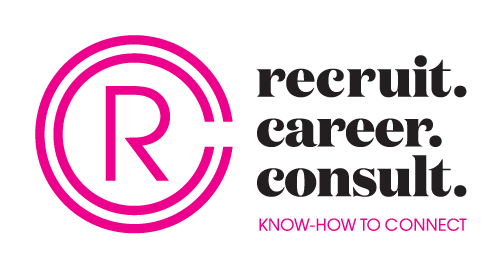While the Australian retail sector has previously been under some serious pressure, the luxury retail market has gone from strength to strength. The $3 billion industry has seen an annual growth of 8.3% over the past five years and doesn’t show any signs of slowing down.
While Australia is comparatively an immature market, thanks to a lack of market saturation, luxury brands are seeing rapid growth on our shores. Melbourne and Sydney are the strongest markets. However, both the Gold Coast and Brisbane CBD are seeing an increase in luxury retailers. According to Deloitte, we can expect this growth to continue, with a forecast for more international luxury brands to flock to Australia’s pastures.
Two key segments are affecting growth in Australia’s luxury retail market: tourists from Asia and local domestic customers.
Tourists from Asia
Australia’s close proximity to Asia—particularly China—means we are seeing cashed-up tourists choosing to shop in Australia. It comes with no shock that Chinese tourists are outspending per head in comparison to any other tourists. As a result, Australian international airports have become prime real estate for luxury goods. Airport shopping used to be focused on savvy consumers who wanted great duty free deals. Now airports present a key opportunity for luxury retail space.
While tourists from Asia provide an important source of sales, they only account for 30% of the luxury market in Australia. Changing of local consumer habits is also supporting this growth.
Australian Consumers
Once upon a time luxury fashion was exclusive and unreachable, controlled heavily by editors and only seen on celebrities in glossy magazines. However, more everyday consumers are investing in luxury pieces thanks to the disruption of social media. According to Digimind, 40% of luxury purchases are a result of what consumers have seen online and their interactions with a brand in this space. Another study from Deloitte suggests that 20.5% of millennials discover luxury products/trends through social media.
Luxury purchases from the everyday consumer are generally linked to seeking a feeling of belonging to a particular group or wanting to imitate a celebrity; star; or today, influencer. Influencers have helped bridge the gap between the everyday consumer and luxury fashion. To recent generations, influencers are seen as a new role model who consumers aspire to be like.
Do it for the ‘Gram’
Instagram makes for the ideal platform for luxury goods to be showcased. Inherently, Instagram is focused on visual storytelling, image and aspiration. This means that Instagram feeds have now become an ideal place for influencers to share their lifestyle and luxury experiences with their followers. Customers now have access to a curated feed of the trends they should follow.
Instagram is heavily focused on image and as a result, people feel pressure to portray an image of wealth in search of peer validation. Australian’s today want to not only be wealthy but show off their wealth, and designer items have continued to be a marker of success. Today’s consumers have also become more brand-focused, and are more concerned about finding brands that align with their values. In the case of luxury goods, this means they want to be a part of brands that are exclusive.
This generational shift has also brought a change of attitude towards luxury goods. It’s become much more acceptable to see a $5000 bag worn with a $50 outfit. Brands are beginning to consider this “in-between” market. This is the person who fits happily between budget-conscious choices and inaccessible luxury products. The everyday person, who would pair a Gucci belt or slides with a typically non-luxury wardrobe.
Definitely watch this space. With growth in the Chinese tourism market, as well as more and more young budding millennials seeking to emulate their idols we can expect to see increased opportunities for luxury retailers operating in Australia. Whichever way you look at it, growth is great news for Aussie consumers.


